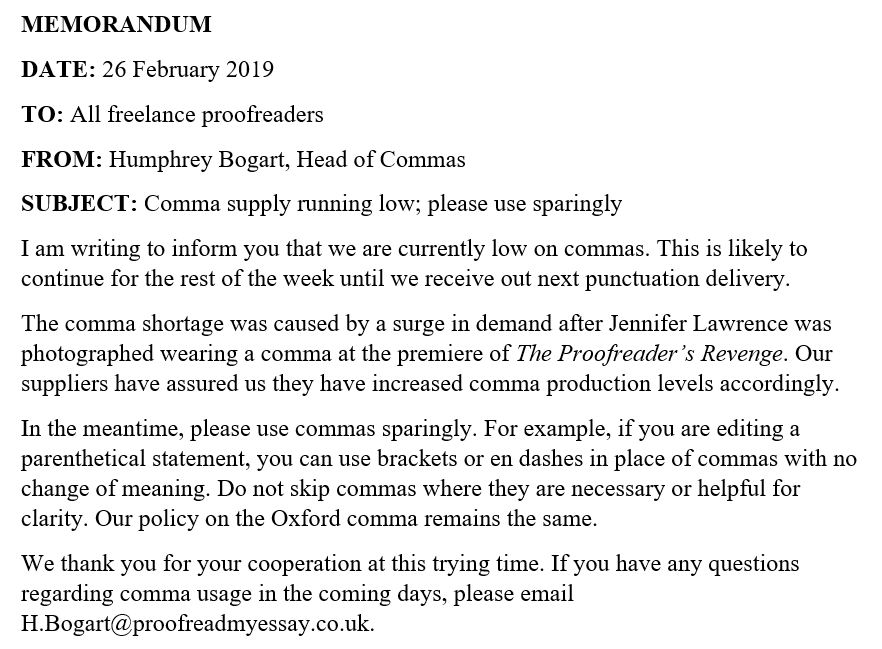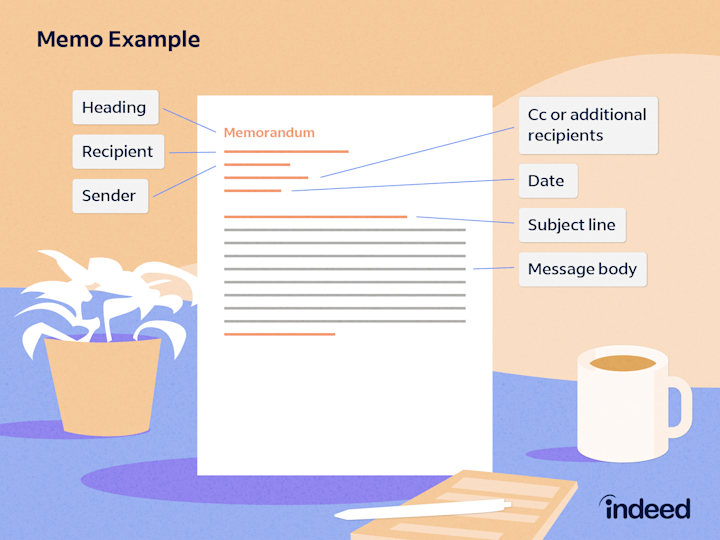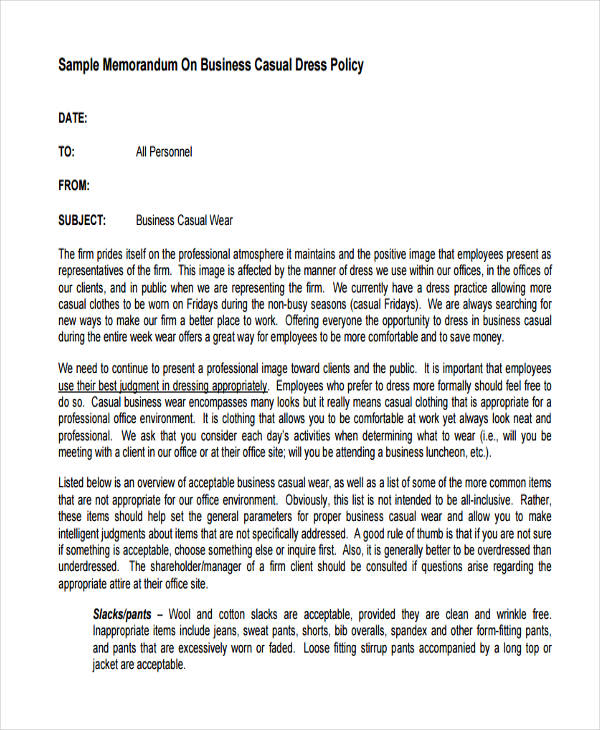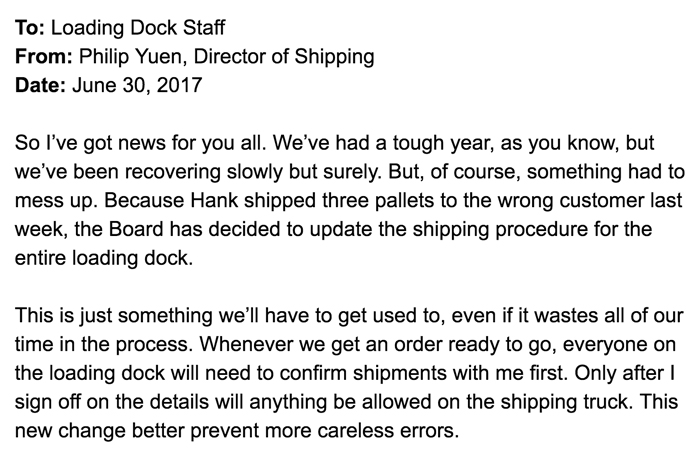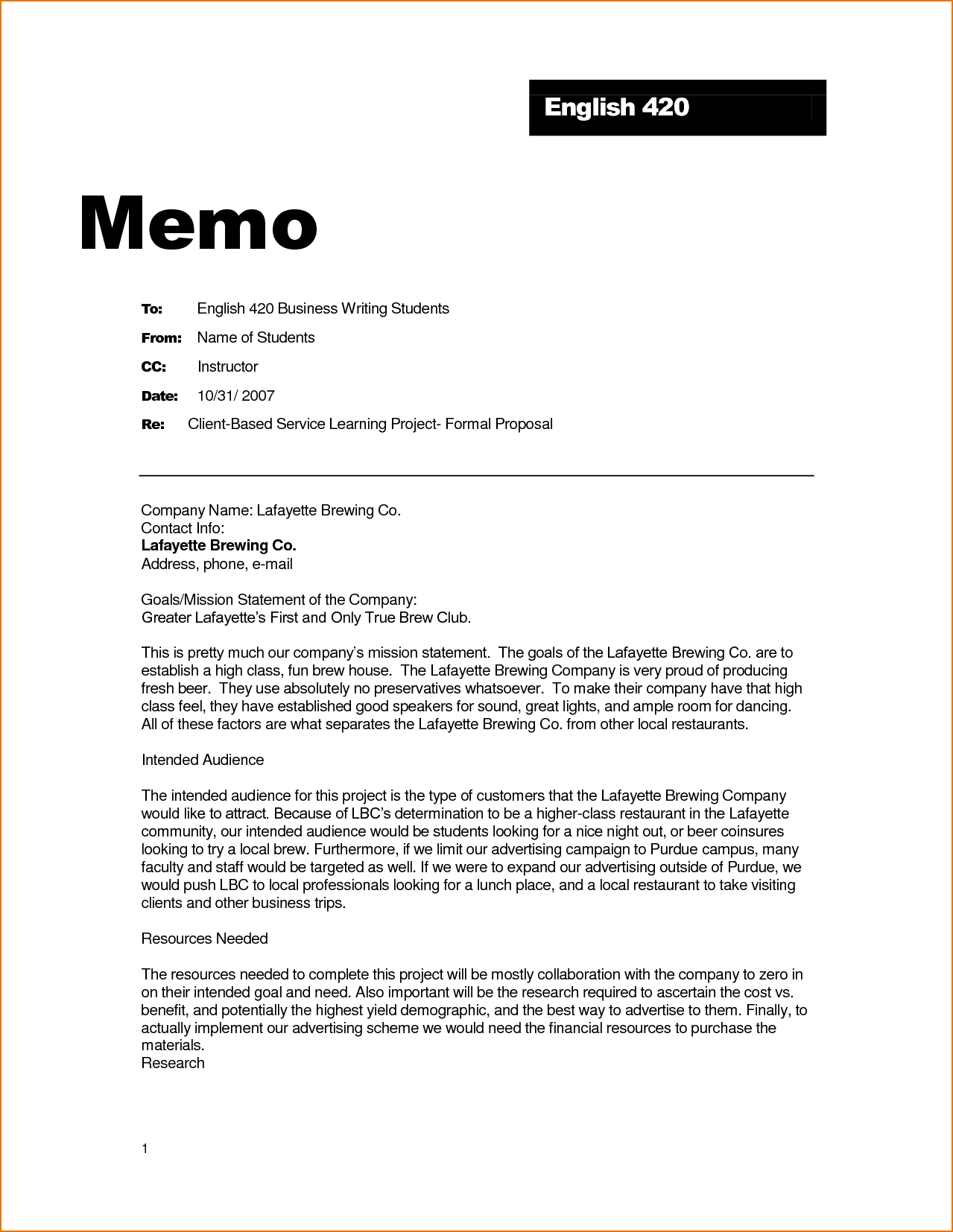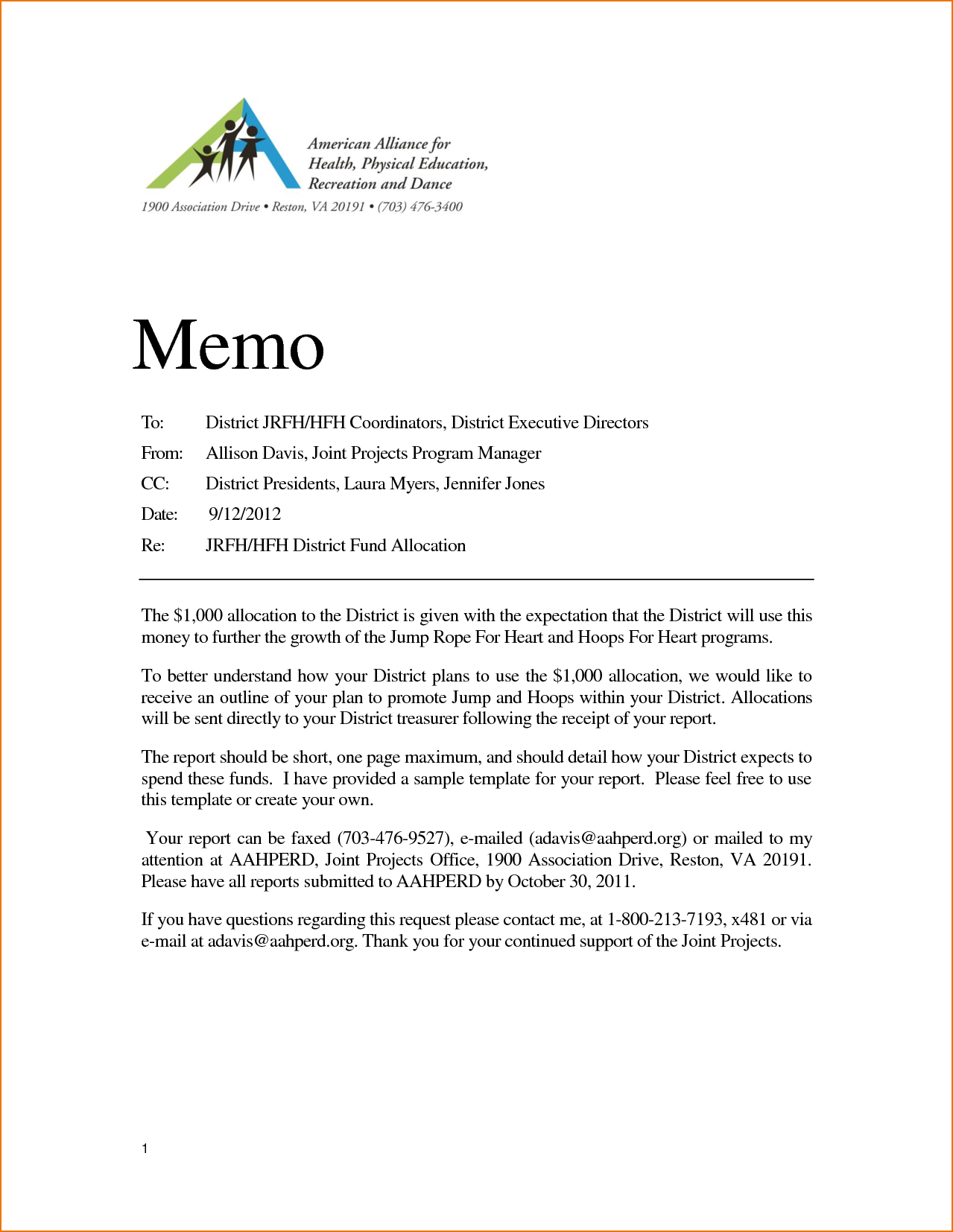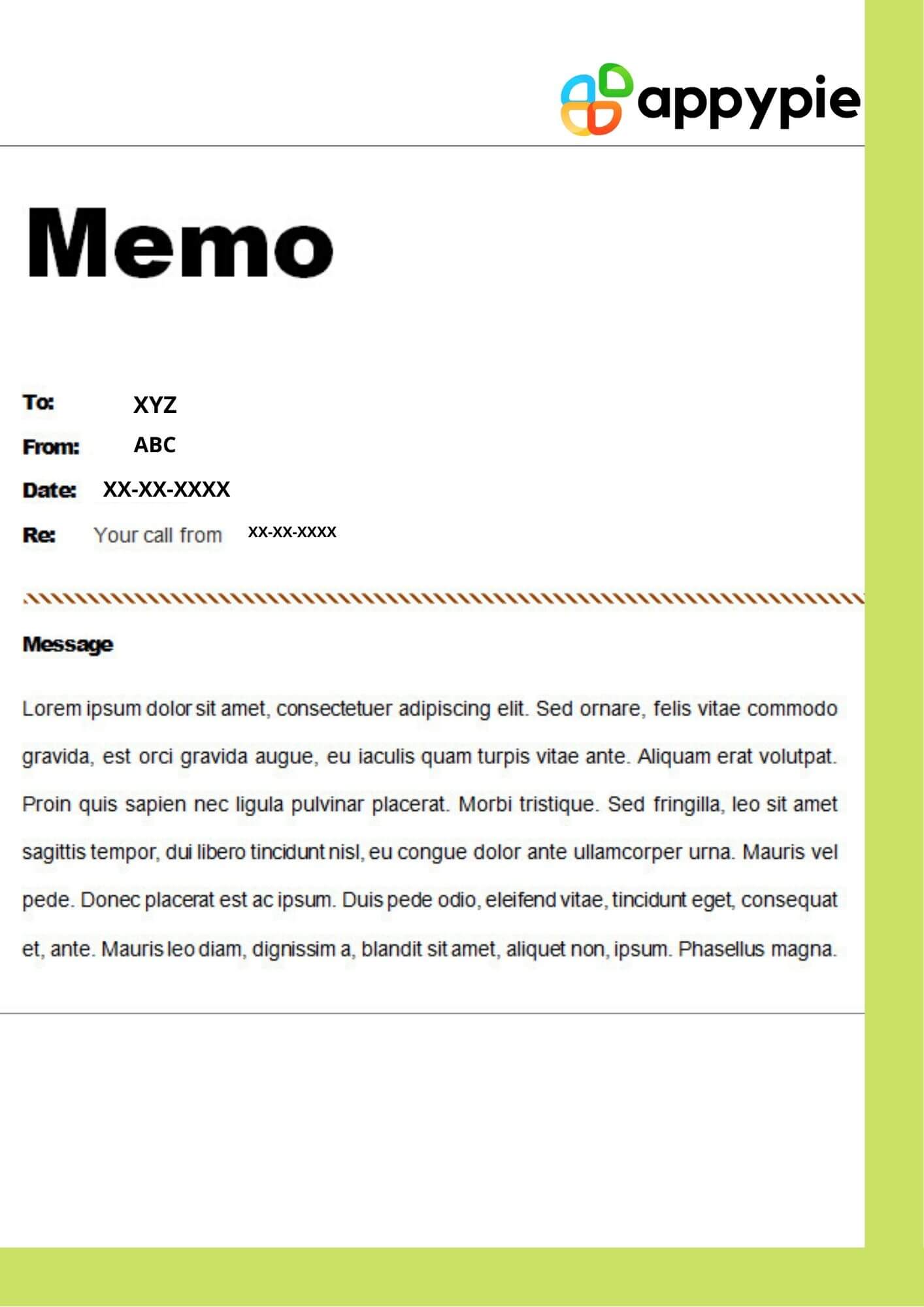How To Write A Business Memo Example
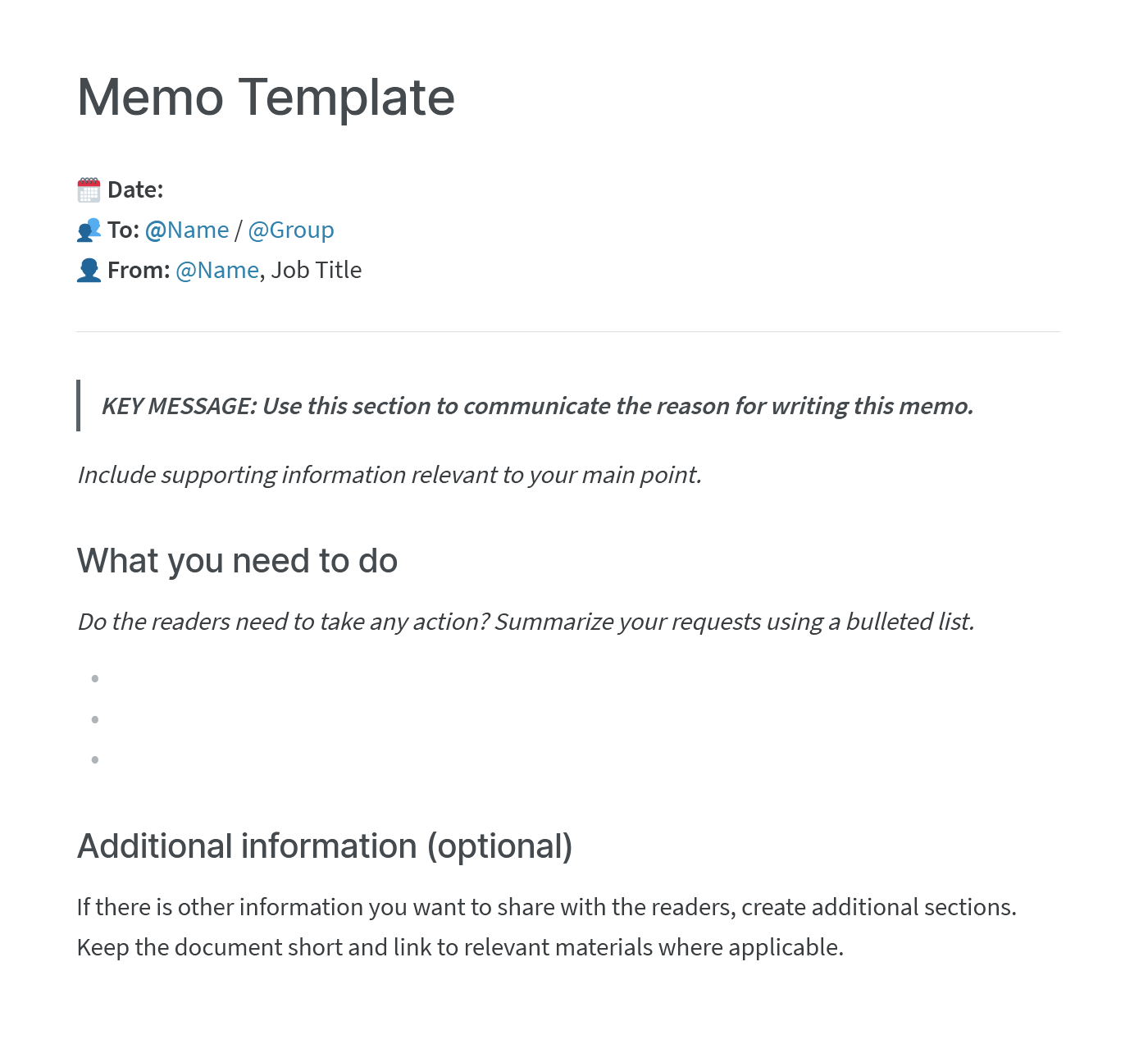
In today's fast-paced business environment, effective communication is paramount. A well-crafted business memo can be the difference between clarity and confusion, action and inaction. Mastering the art of memo writing is a crucial skill for professionals at all levels, influencing decision-making, project management, and overall organizational efficiency.
This article provides a comprehensive guide to writing effective business memos, drawing on best practices and expert advice. We'll dissect the key components of a memo, explore different writing styles, and offer practical tips for ensuring your message is clear, concise, and impactful. Understanding these principles is vital for anyone seeking to improve their professional communication skills.
Understanding the Core Elements of a Business Memo
A business memo, at its core, is a formal internal communication document. It is designed to convey information, propose solutions, or request action within an organization. Memos are typically more formal than emails but less formal than reports, striking a balance between professionalism and brevity.
Every effective memo should adhere to a standard structure. This structure includes a clear heading, a concise body, and a well-defined call to action. Skipping these steps can lead to confusion and dilute the effectiveness of the communication.
The Header: Your Memo's Roadmap
The header of a memo serves as its roadmap, providing essential context at a glance. It typically includes "To," "From," "Date," and "Subject" lines. Accuracy and clarity in these fields are crucial for ensuring the memo reaches the intended audience and its purpose is immediately understood.
For example, the "Subject" line should be specific and informative, avoiding vague language. Instead of "Meeting," consider "Proposal for Q3 Marketing Strategy Meeting" to clearly indicate the memo's content.
The Body: Delivering Your Message with Impact
The body of the memo is where you present your message, and it requires careful attention to structure and style. Start with a clear and direct statement of purpose. What is the main point you want to convey?
Support your main point with relevant details, data, and evidence. Organize your information logically, using paragraphs to separate distinct ideas. Keep paragraphs short and focused, avoiding jargon and overly complex language.
Always maintain a professional and objective tone, even when addressing sensitive issues. Avoid emotional language or personal opinions that could detract from the message's credibility. Stick to the facts and present them clearly and concisely.
The Call to Action: Driving Results
The call to action is perhaps the most important part of the memo. It specifies what you want the recipient to do after reading the memo. Be clear and unambiguous about the desired action.
Examples include "Please review the attached report and provide feedback by Friday," or "Sign up for the training session by clicking on this link." A vague or missing call to action leaves the recipient unsure of what to do next, undermining the memo's purpose.
Crafting a Powerful Message: Style and Tone
The style and tone of your memo are critical factors in how your message is received. Strive for clarity, conciseness, and professionalism in your writing. Avoid ambiguity and ensure your message is easily understood by your target audience.
Use active voice whenever possible to make your writing more direct and engaging. For instance, instead of "The report was submitted by the team," write "The team submitted the report." This makes the subject of the sentence clear and the action more immediate.
Pay attention to your audience and tailor your language accordingly. Avoid using technical jargon or acronyms unless you are confident that your audience is familiar with them. If necessary, provide a brief explanation of any specialized terms.
"Effective communication is 20% what you know and 80% how you feel about what you know." - Jim Rohn, underscoring the importance of clarity and confidence in conveying information.
Best Practices and Examples
Several best practices can help you elevate your memo writing skills. Proofread your memo carefully for any errors in grammar, spelling, and punctuation. A polished and error-free memo reflects attention to detail and professionalism.
Consider using bullet points or numbered lists to organize information and make it easier to digest. This is particularly helpful when presenting a series of steps, recommendations, or options.
Example of a strong memo subject line: "Implementation Plan for New Customer Relationship Management (CRM) Software." This immediately tells the reader what the memo is about.
The Future of Business Communication
As technology evolves, the landscape of business communication continues to change. While email and instant messaging have become ubiquitous, the business memo remains a valuable tool for formal internal communication.
The principles of clarity, conciseness, and professionalism will continue to be essential for effective memo writing, regardless of the platform or medium used. Adapting your communication style to meet the evolving needs of your organization will ensure that your message is always heard and understood. Mastering the art of memo writing is a skill that will serve you well throughout your professional career.


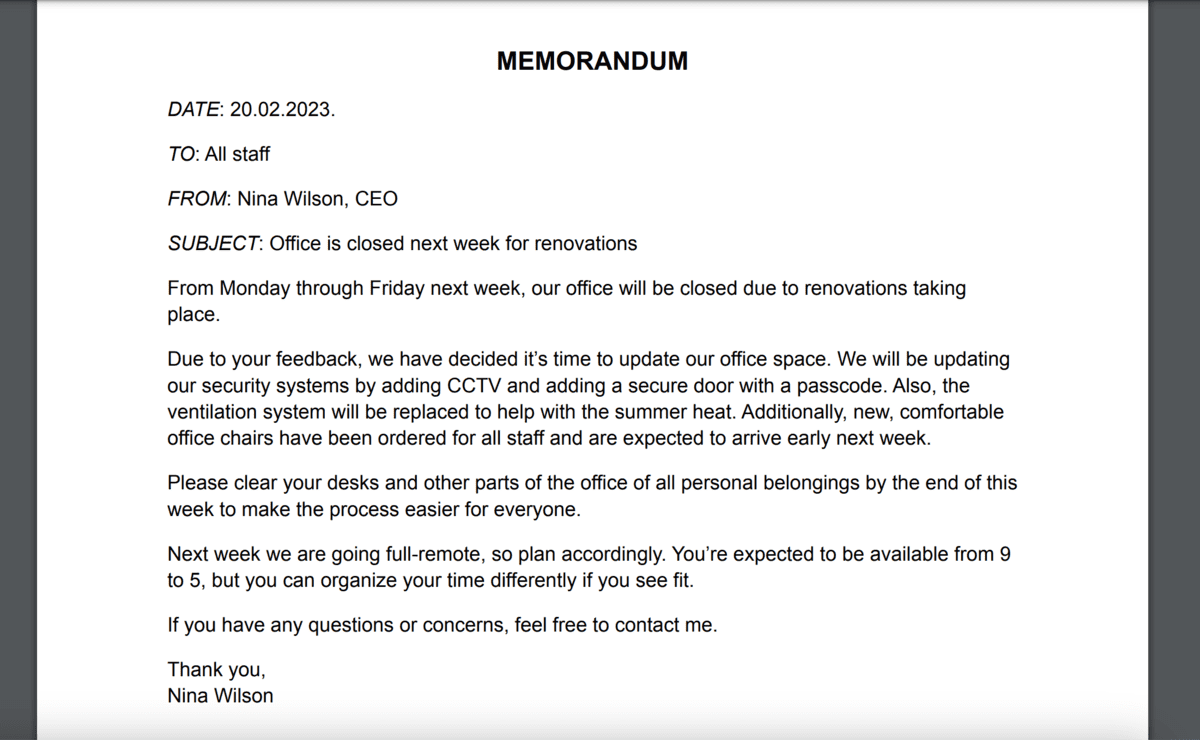
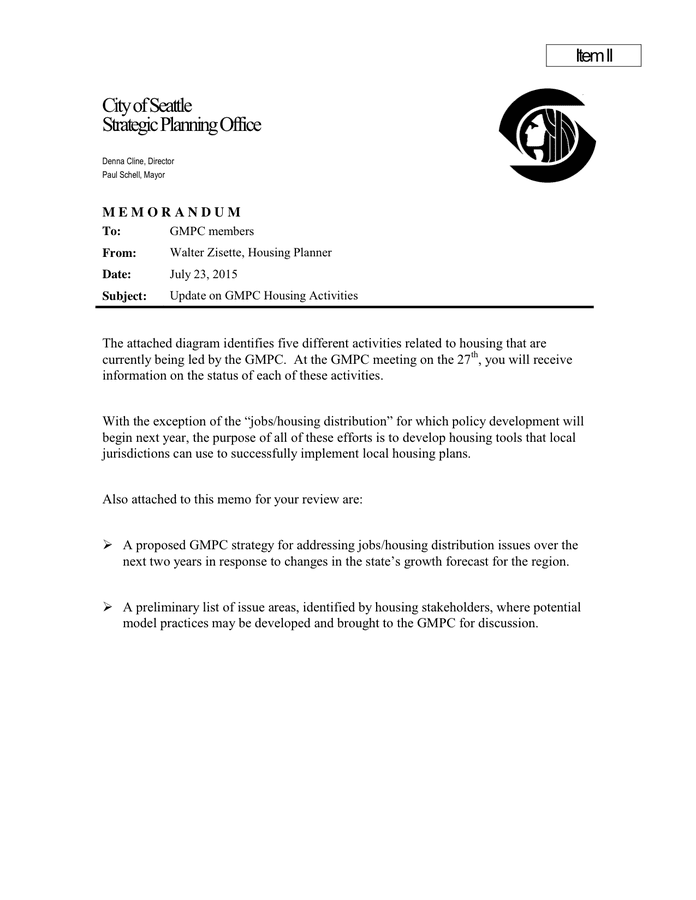
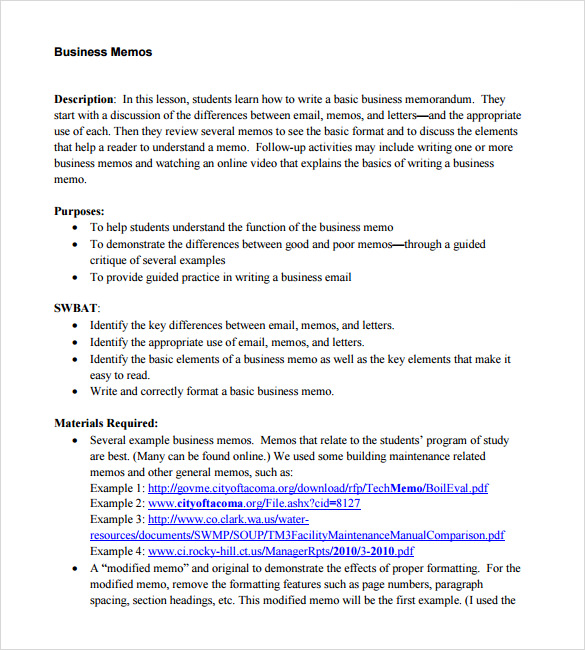

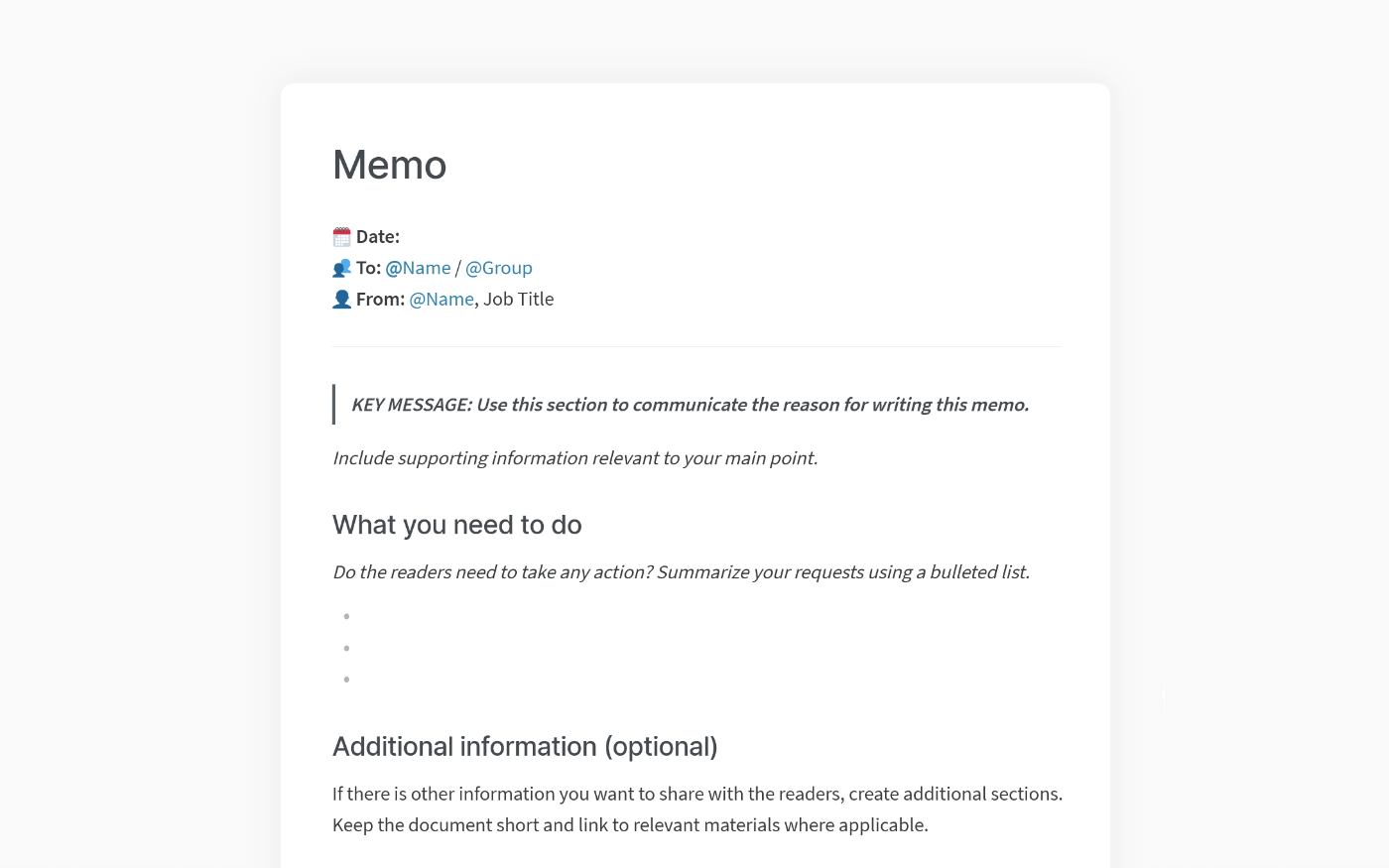
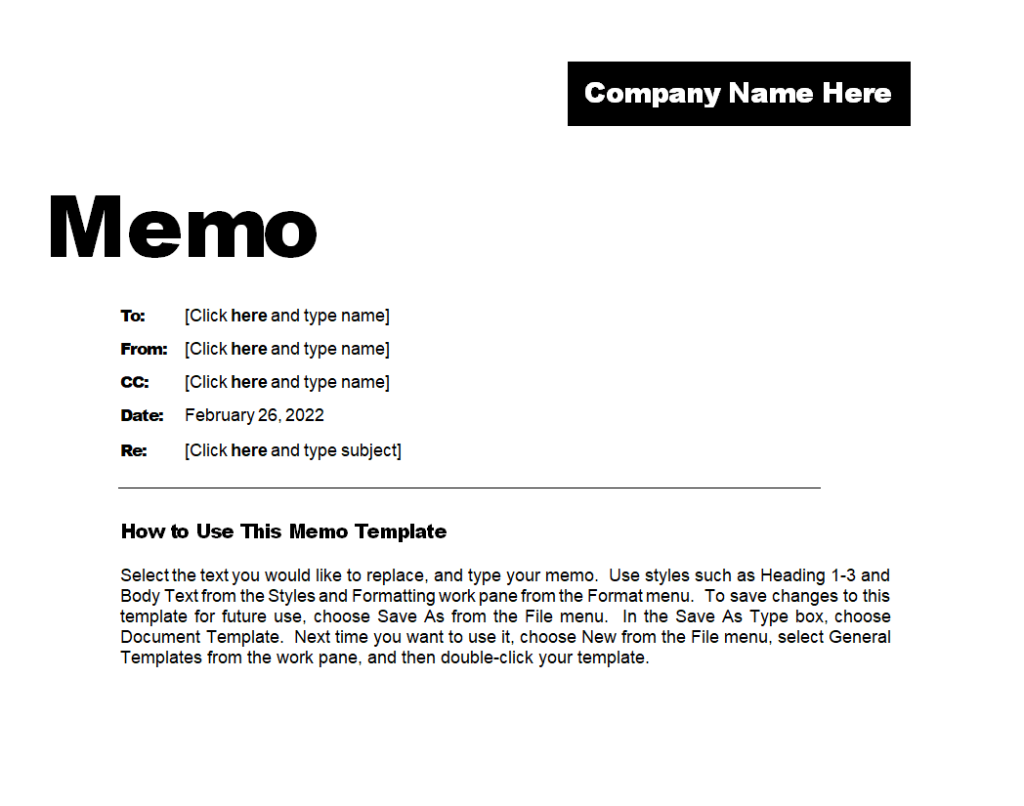


![How To Write A Business Memo Example 5 Employee Memo Examples + Templates [For Every Use Case]](https://influno.com/wp-content/uploads/2023/10/Business-Memo-Example-2.webp)
